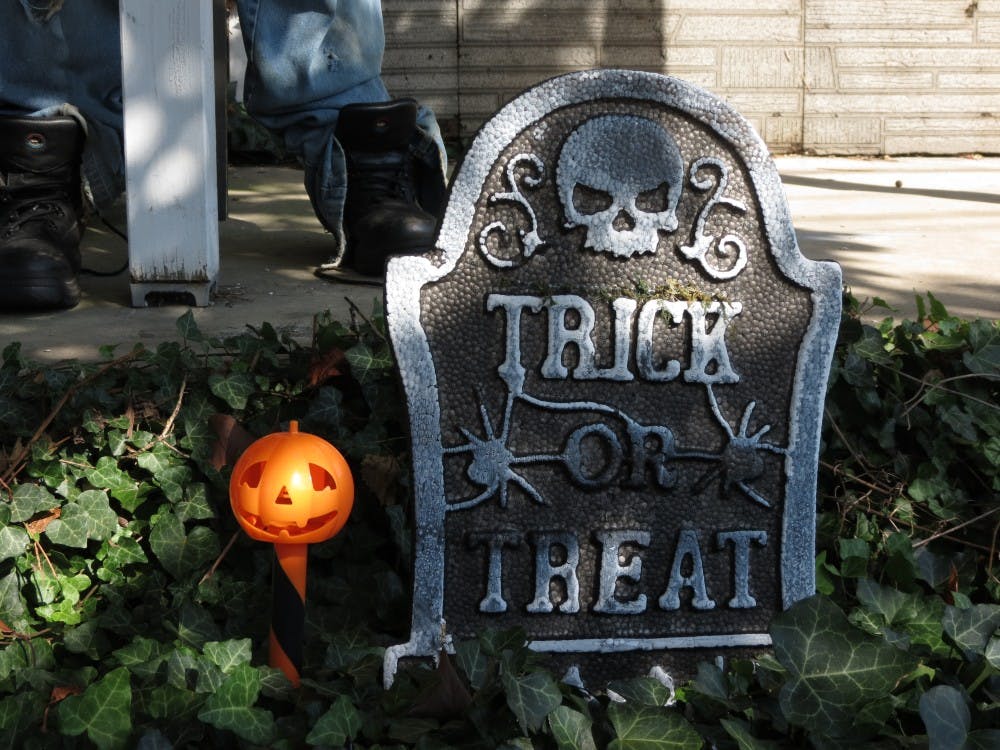Halloween has evolved through the years from being a time of mischief and tricks to a capitalized sale on Halloween candy and high-priced costumes.
Halloween was originally the mark for the end of harvest season and the introduction to winter, and was normally associated with death, according to History.com.
The Celts believed that one night, spirits of the dead would return to earth, naming it Samhain. They also believed that the spirits were damaging crops, which ultimately led to using the spirits as a way to predict the future.
“To commemorate the event, Druids built huge sacred bonfires where people gathered to burn crops and animals as sacrifices to the Celtic deities.
“During the celebration, the Celts wore costumes, typically consisting of animal heads and skins and attempted to tell each other’s fortunes,” according to History.com.
The celebration of Halloween crept its way into the ideologies of the secular New England, and was more prominent in the south. During this time there were festivities around the harvest as the traditional Halloween we know today.
People would tell ghost stories, dance and sing. During the last half of the 19th century, after the Irish potato famine, Irish immigrants helped to popularize the holiday, and it was then spread across the United States, according to History.com.
People then started dressing up in costumes, gathering in favor of ghosts, pranks and witchcraft. Trick or treat festivities ensued soon after despite many parents protest of horrifying traditions associated with the holiday
This Halloween, when the wind is blowing and the trees resemble monsters outside your window, remember to tell a ghost story in favor of the beginnings of Halloween, and take a second to thank the Celts for such an awesome holiday.


The Slate welcomes thoughtful discussion on all of our stories, but please keep comments civil and on-topic. Read our full guidelines here.